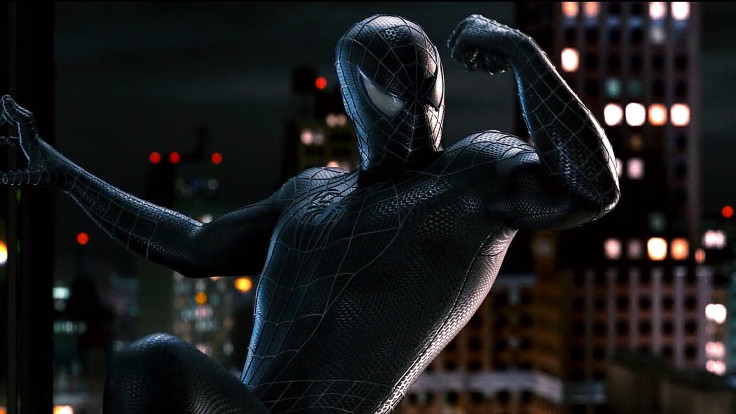It might surprise you to learn that despite earning esteemed approval from critics and general audiences, Sam Raimi’s Spider-Man and Spider-Man 2 are considered to be divisive films amongst comic book fans. The community consensus seems to declare them bad to mediocre movies that fall short of sufficiently realizing the character from the books, therefore being undeserving of their lionized place in pop culture history.
While I agree with portions of that sentiment, I believe it's this very mindset that has caused its third entry, 2007’s Spider-man 3, an unfair denomination as one of the worst examples of the genre, which I would argue to be verifiably untrue. Not merely because of duds like Green Lantern and Fan4stic redefining what it means to be a bad superhero film, but because Sam Raimi is a good filmmaker, and no amount of studio meddling, or creative apathy can nullify that.
Any asshole could tell you Raimi didn’t give two shits about Venom or Gwen Stacy, which caused scenes attempting to make them integral to the film’s already distended plot to fall flat. Conversely, however, aspects of the story that still held Raimi’s attention absolutely stand beside some of the best moments in the entire trilogy. This includes the James Brown choreographed symbiote dance sequence, which was nothing more than a parallel reference to the Raindrops are Fallin on my head scene from Spider-Man 2, that also served as a fittingly comical reminder that even at his most sinister, Parker is still, well, corny.
The origin of the Sandman is downright cinematic brilliance, fortified by Christopher Young’s wonderful score, and Thomas Haden Church is the exact sort of benevolent brute you want him to be. Most of the action sequences, particularly the ones that feature him, fall just shy of reaching the vivacious heights o f Spider-man 2’s train tussle, even if the third entry doesn’t feature a villain quite as magnetic as Alfred Molina's Doc Ock. The retconning of Uncle Ben’s death is perhaps the lowest moment in all three films, but Raimi’s bookending of the themes fostered in the first film does well to showcase his mastery and understanding of the rousing emotional core that made these movies game changers in the first place.
Regardless of your thoughts pertaining the accuracy or lack thereof of which Raimi adapted everyone’s favorite wall-crawler (that sorta thing is always going to be subjective given the nature of the medium), his love and appreciation for Spidey is unassailable, and that serves as a prominent saving grace for Spider-Man 3.
Tobey Maguire’s turn at Spider-Man/Peter Parker, if admittedly one-note, is still full of enough nuance and charm to override Spider-Man 3 ’s flawed narrative. Over the course of the three films he never phones it in – Maguire really is just as spirited in 3 as he was back in 2.
The same can be said for most of the cast. Rosemary Harris and JK Simmons are still a delight to watch leap from the panel to the screen; James Franco bolsters the film’s strongest plot thread with a willfully histrionic performance; Kirsten Dunst is more than just a one-dimensional motivator for our hero, with goals and obstacles of her own; and Church is so good here, he makes you yearn to see the version of this script that wasn’t anchored down by Sony’s insistence to include late ‘80s bore, Venom.
Spider-Man 3 is not a perfect film, but it is a good one. A good film with problems, sure, but more heart and well-meaning missteps than both Amazing Spider-Man movies combined. Spider-Man Homecoming might very well be the most faithful live-action iteration of the character we've seen to date, but its existence undoubtedly owes a great deal to Raimi’s trilogy. The first two films are perfectly rated classics, and even if Raimi doesn’t quite stick the landing with Spider-Man 3, he comes damn near close.

















